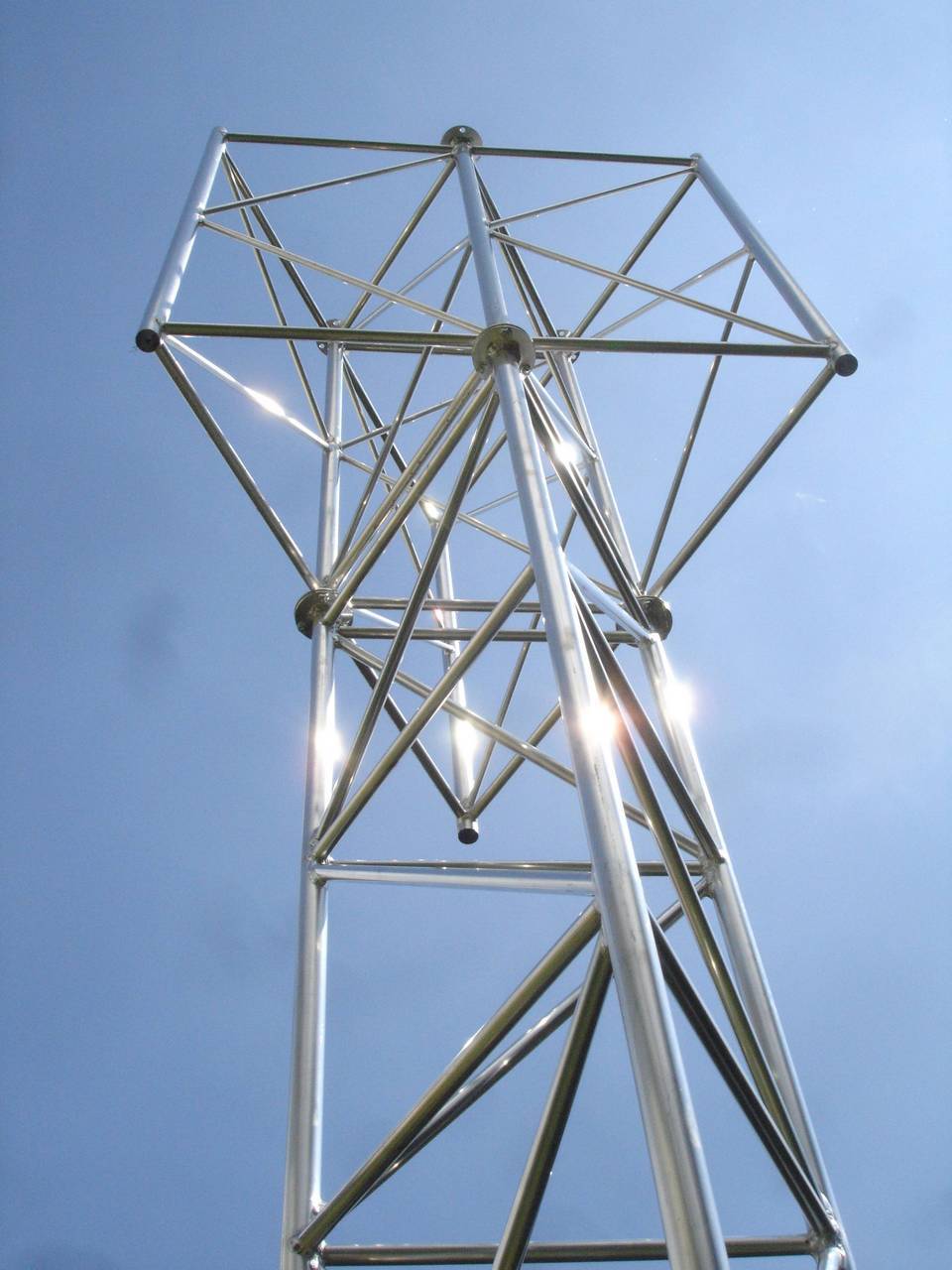Radio communication
-

Do I have to report radio wave emissions to any department (e.g. environment)?
Read more: Do I have to report radio wave emissions to some department (e.g. environment)?Apart from the issue of licensing for specific frequency bands, there remains the issue of electromagnetic radiation in the context of environmental contamination. Current regulations allow the emission of a maximum of 15W of power on the antenna without the need to report this fact to the Environmental Protection Department (in this case, we are not dealing with an investment that has a significant impact on the environment).
-

What is the separation crown used for?
Read more: What is the separation crown used for?The crown has two tasks, the first one results from the need to move apart the transmitting antennas, e.g. sector antennas. Antennas have back radiation which can lead to interference and interference. Because the strength of the electromagnetic field decreases with the square of the distance, even a small separation significantly weakens the interaction of the antennas. It is worth checking the specifications of the devices to determine the minimum recommended antenna separation by the manufacturer. The second task…
-

Are there antennas for which the stiffness of the mast structure is particularly important?
Read more: Are there antennas for which the stiffness of the mast structure is particularly important?Yes, these are all types of radio lines (and satellite links), with a focused and directional transmission beam. Assuming the standard deviation of the mast from the vertical by 1:100 of the height, the height of the mast is 30 meters - the displacement of the top reaches 30 cm. Over a dozen or so kilometers of transmission, this gives an antenna spacing of several hundred meters. One of the techniques to combat this unfavorable phenomenon is to install a crown…
-

How to choose the height of the mast or tower to suit our needs (radio link case)?
Read more: How to choose the height of the mast or tower to suit our needs (radio link case)?In telecommunications, optimal antenna placement is determined by Fresnel zones, which ensure that their area is free from obstacles and minimize energy losses.
Subscribe
Log in with your email address to receive our newsletter (quarterly)
Latest Questions and Answers
- Cooperation with SpaceForest
- Assembly for chemical anchors - description of the technique
- How to avoid frost cracks and their consequences?
- Optimization of the height of masts for a radio link.
- Stainless steel – What grades?
Question Categories
- No category (3)
- Prices (1)
- For architects (8)
- Stage Structures (3)
- Materials science (6)
- Metallurgy (5)
- New in production (1)
- Law (4)
- Questions & Answers (20)
- Radio communication (4)
- Technologies (12)
